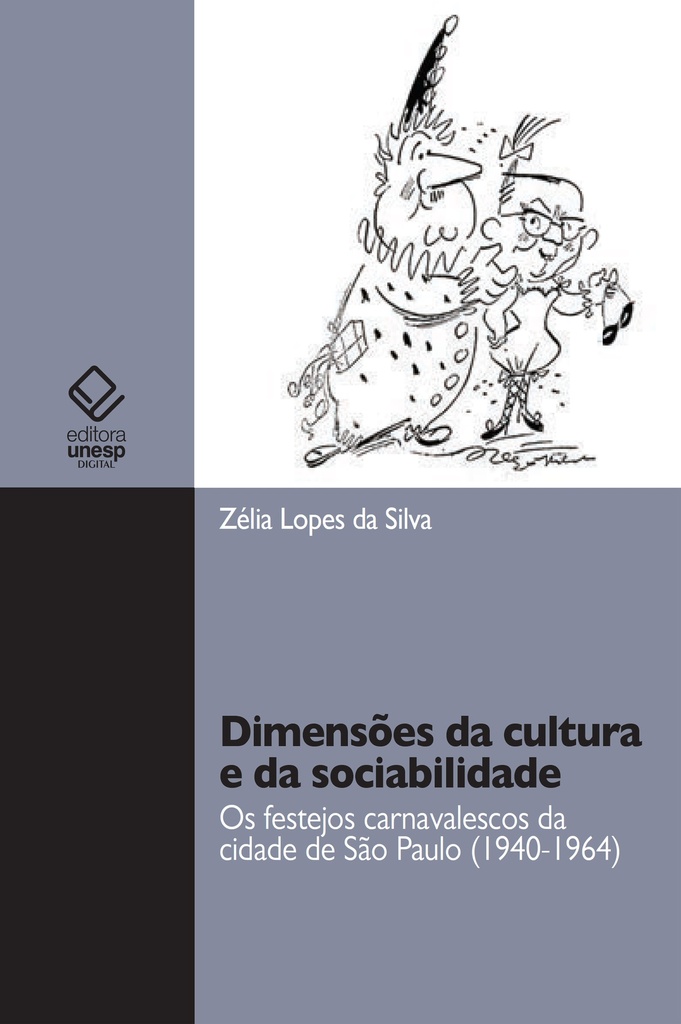Transcontinental Dialogues
Editorial: UNESP
Licencia: Creative Commons (by-nc-sa)
Autor(es): Silva, Zélia Lopes da
The Chuj of northwestern Guatemala are among the least studied groups of the Mayan family, and their relative isolation has preserved a strong indigenous tradition of storytelling. In Chuj (Mayan) Narratives, Nicholas Hopkins analyzes six narratives that illustrate the breadth of the Chuj storytelling tradition, from ancient mythology to current events and from intimate tales of local affairs to borrowed stories, such as an adaptation of Oedipus Rex. The book illustrates the broad range of stories people tell each other, from mythological and legendary topics to procedural discussions and stories borrowed from European and African societies. Hopkins provides context for the narratives by introducing the reader to Chuj culture and history, conveying important events as described by indigenous participants. These events include customs and practices related to salt production as well as the beginnings of the disastrous civil war of the last century, which resulted in the destruction of several villages from which the narratives in this study originated. Hopkins also provides an analytical framework for the strategies of the storytellers and presents the narratives with Chuj text and English translation side-by-side. Chuj (Mayan) Narratives analyzes the strategies of storytelling in an innovative framework applicable to other corpora and includes sufficient grammatical information to function as an introduction to the Chuj language. The stories illustrate the persistence of Classic Maya themes in contemporary folk literature, making the book significant to Mesoamericanists and Mayanists and an essential resource for students and scholars of Maya linguistics and literary traditions, storytelling, and folklore.
[2021]
Compartir:
Una vez que el usuario haya visto al menos un documento, este fragmento será visible.


